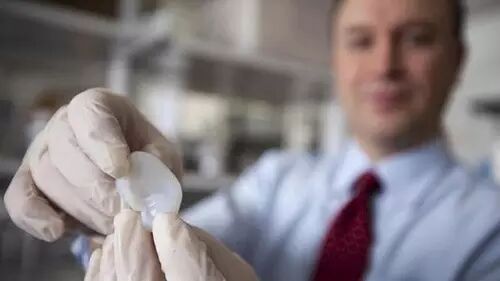
This is the morning column launched by 36Kr「潮科技」. We will showcase the latest technologies from domestic and international tech companies, cool products from potential companies, and new concepts thriving in laboratories.潮科技, both trendy and interesting.
What changes do you think 3D printing will bring to your life?
Written by | Tan Feijun
Humanity has always been filled with beautiful aspirations for immortality and resurrection.
Although 3D printing cannot currently help you achieve these sci-fi dreams, 3D printed organs can indeed save thousands of lives.
Recently, Swedish scientists successfully implanted 3D printed human cartilage cells into mice, marking another step forward in 3D bioprinting.
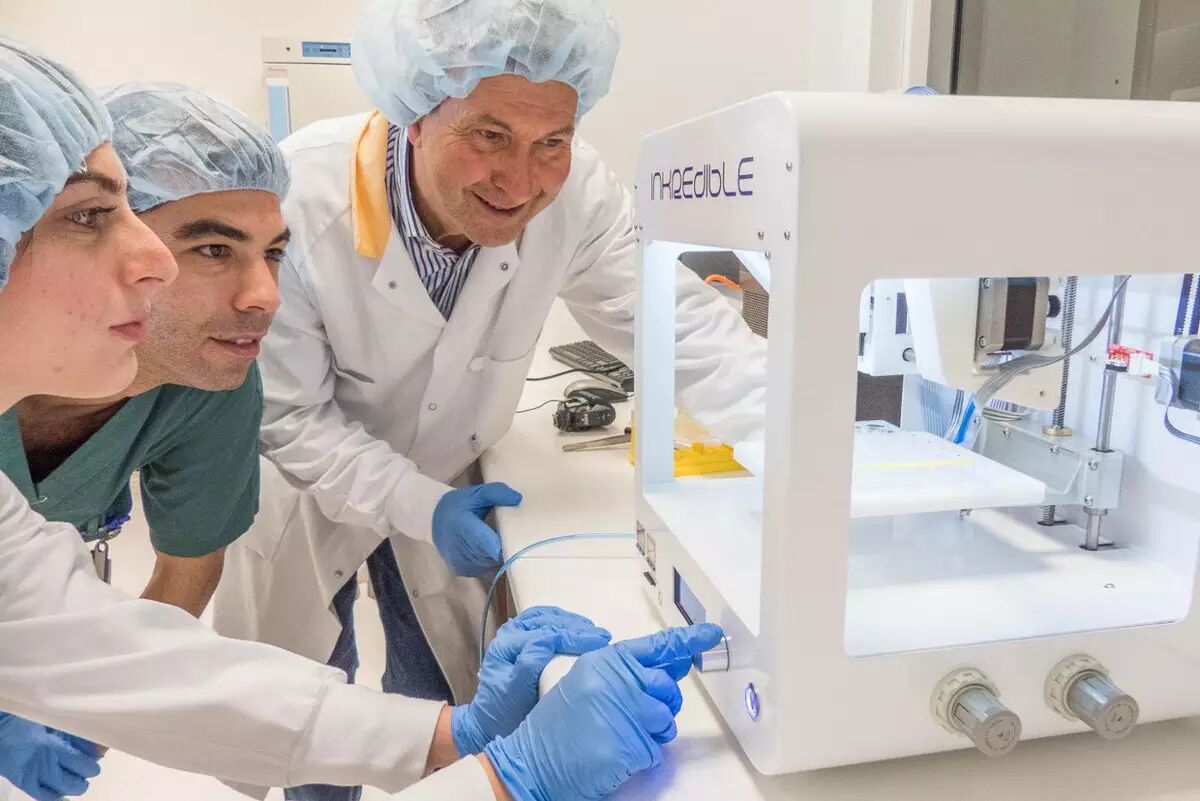
Swedish scientists successfully implanted 3D printed human cartilage cells into mice
The research from Chalmers University of Technology and Sahlgrenska Academy in Sweden extracted gel from human cartilage cells and used a CELLINK 3D printer to replicate the gel, implanting it into 6-week-old mice.
Once implanted, the 3D printed gel began to grow and proliferate within the mice; after 60 days, the gel material started to resemble “human cartilage” more closely, further stimulating the addition of stem cells, ultimately forming blood vessels.
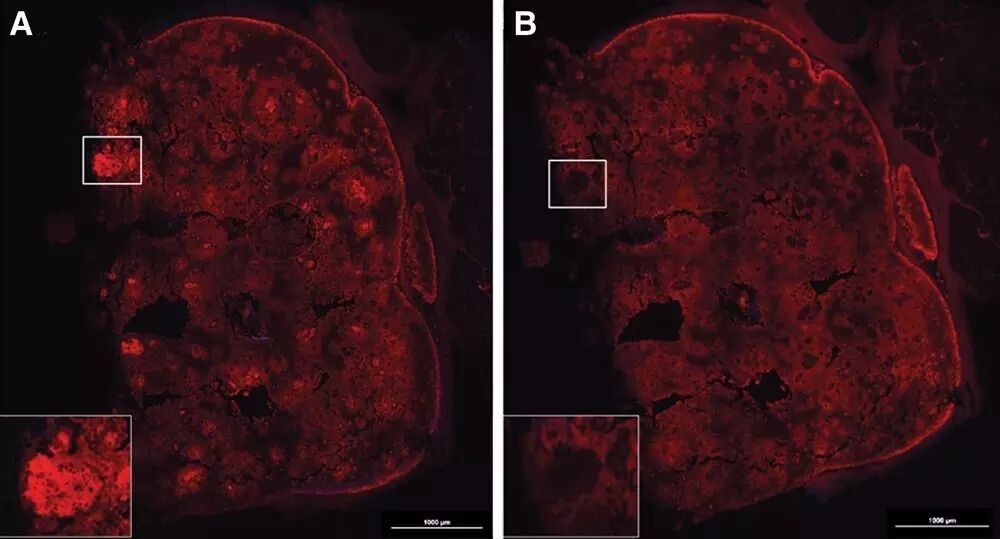
The 3D printed gel began to grow and proliferate within the mice
“By adding stem cells to stimulate the growth of cartilage cells, the hydrogel successfully led to the formation of human cartilage tissue and even blood vessels.”
Professor Paul Gatenholm, the head of the research team, stated.
Professor Gatenholm believes that 3D printing technology will have a significant and far-reaching impact on healthcare. He sees the first breakthrough in skin printing, followed by cartilage, and then bones. Ultimately, this technology could be used for printing more complex human organs.
Professor Gatenholm also referenced a paper by regenerative medicine professor Anthony Atala and other researchers who used 3D bioprinting to construct bones and muscles, suggesting that computer imaging technology could convert models into programs that control the movement of printer nozzles, thereby distributing cells to discrete locations.
While the success of cartilage printing experiments cannot be considered revolutionary, it at least proves that significant progress has been made in the research.
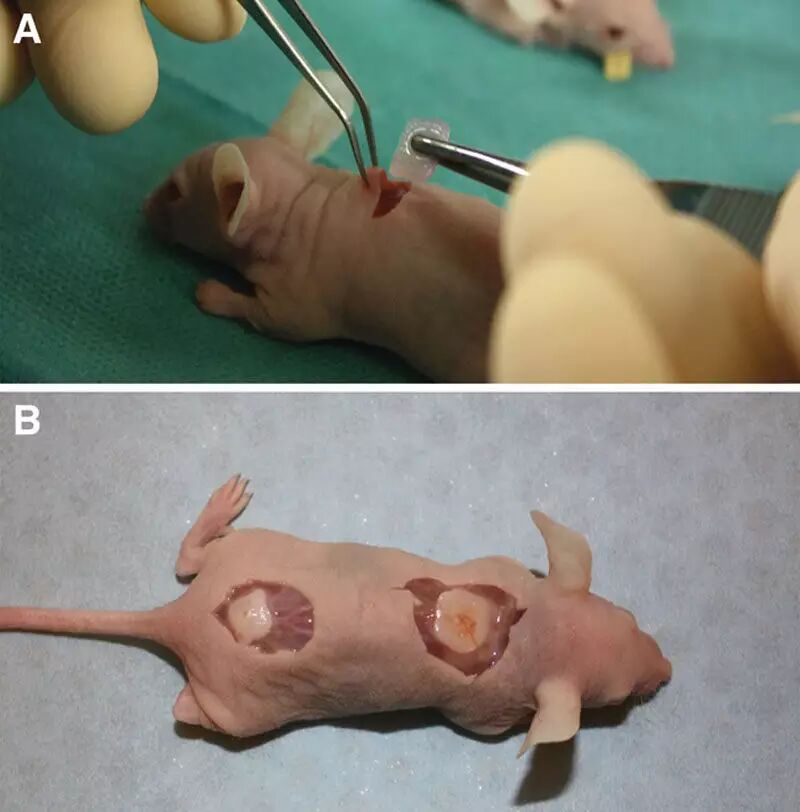
Process images of the cartilage tissue experiments conducted by Swedish scientists
The researchers hope that ultimately they can use 3D bioprinting to create body organs for patients in need.
Although they are far from achieving this goal, they have begun exploring various possibilities of 3D bioprinting: they are collaborating with local orthopedic surgeons in Sweden to provide them with 3D printed implant materials. This can offer more natural implant organs for patients who have unfortunately lost parts such as ears, noses, or knees due to accidents or diseases.
3D printers can use CAD (Computer-Aided Design) forms of 3D modeling to create better molds than traditional orthopedic methods, thereby improving the quality of implant organs and greatly facilitating patients’ lives.
Dr. Paul Gatenholm also mentioned, “Currently, there is no 3D printing technology for ears.”
Currently, ear implants are made from plastic and silicone, and the surgical process is very painful for patients, with results that are not ideal. “If we could use cells from the nose and enhance them with stem cells from the patient’s bone marrow or fat, we would be able to print a complete 3D structure.” This could greatly improve the success rate of implants and reduce patient suffering.
The technology of 3D bioprinting has been a hot topic for a long time; in addition to printing cartilage cells, scientists have also made various other attempts: in 2010, the 3D bioprinting company Organovo successfully achieved 3D vascular printing.
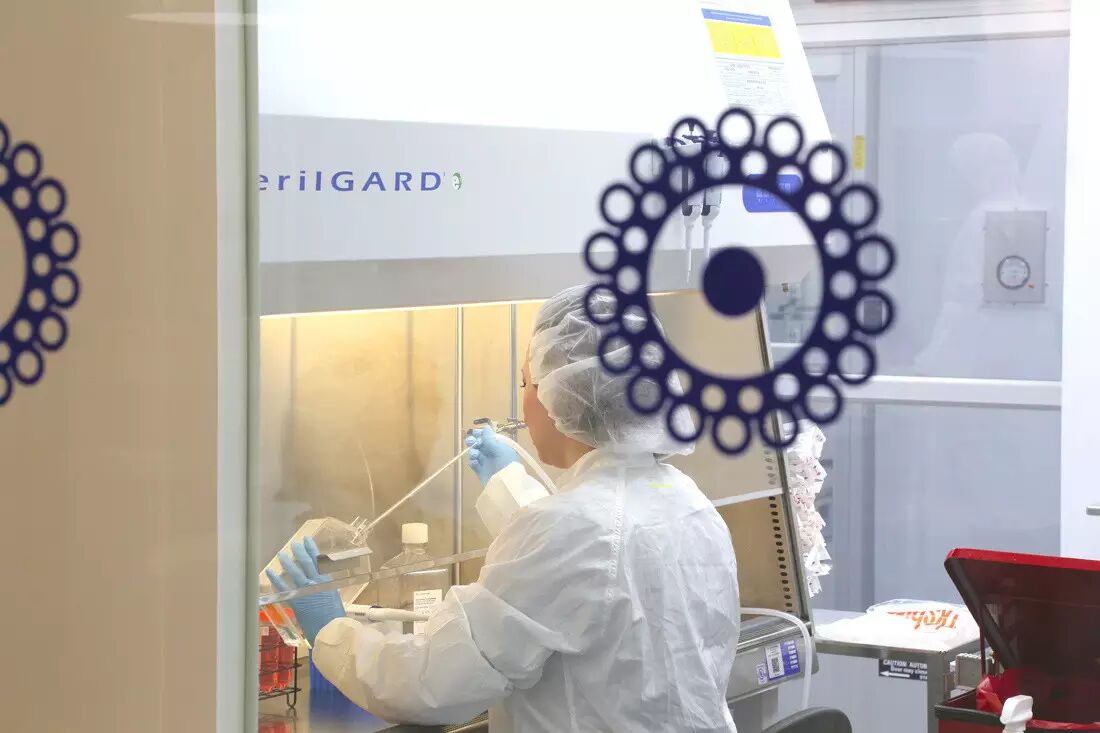
Organovo’s laboratory
Canadian 3D printing company Aspect Biosystems has developed a bioprinter that can print 3D tissues using different cells, biomaterials, and growth factors, enhancing printing speed.
Researchers at Cincinnati Children’s Hospital Medical Center in Ohio have printed intestinal tissues that closely resemble real conditions and successfully grafted them onto mice for the first time, finding that the tissues survived well within the animals, and even without supplying blood to the tissues, the mice could generate the necessary blood and immune cells on their own…
3D bioprinting is a potentially vast market.
According to ID TechEx, the global demand for 3D printing is expected to reach approximately $7 billion by 2025, with half of that coming from the 3D bioprinting sector, but the regulatory approval mechanisms required for 3D bioprinting implants are still in their infancy.
However, the continuous maturation of technology will clearly drive the improvement of legal measures, and let us look forward to the day when 3D bioprinting truly improves patient health!

Click the blue text to see more潮科技:
This hospital is on a plane, allowing for global medical care
“Wave your hand, and the goods will be taken away” becomes a reality; in the future, payment will really not require a mobile phone
This article is a bit inappropriate, but for the sake of male sperm health, please take out your phone

Long press to recognize the imageQR code▲,or click “Read the original text”▼
Subscribe to「开氪」